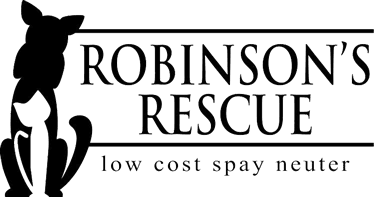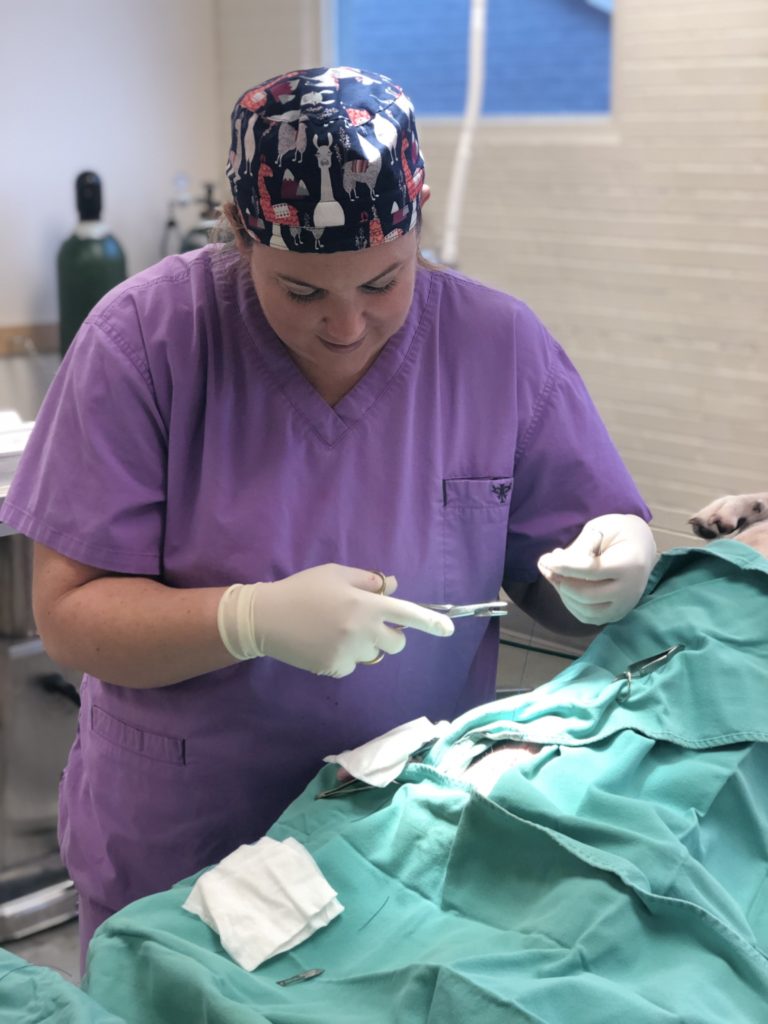The surgery protocol that we use is highly-refined and extremely safe. Please direct any medical questions or concerns to Dr. Andrea Master-Everson, our medical director. Please do not hesitate to call (318-221-0017), visit our Contact Page, or schedule a tour of our wonderful surgical facility located at 2515 Line Avenue.
Screening
- Animals are examined by a vet prior to surgery
- Severe obesity, URI, vomiting, ocular disease, depressed attitude or arrhythmia are some conditions that would be a basis for rejection
Feline Prep/Induction
- Buprenorphine and diluted Acepromazine IM
- Diluted Telazol IM
- Isoflourane Gas
- Meloxicam .1mg/kg for animals over 4 months of age
Canine Prep/Induction
- Sub-Q Acepromazine, IV Telazol
- Intubation and Isoflourane Gas
- Morphine IM post-induction as preemptive analgesia
- Meloxicam .1mg/kg for animals over 4 months of age
Surgery Techniques
- One surgery pack per animal; no re-use of equipment prior to re-sterilization via ultrasonic cleaner AND autoclave
- Use of Miller’s knot on ovarian pedicle and uterine body
- Pedicle tie for feline OHE (ovarian pedicle)
- Figure 8 knot for feline/canine scrotal neuters
- 5 knots on all sutures to eliminate dehiscence
- 3 layer closures
General
- Animals 7 years and older require pre-op blood work
- All open umbilical hernias will be repaired
- Once induced, all patients will be monitored 100% of the time
- Full-term pregnant patients will receive an IV catheter
- Surgical scrub consists of a minimum of 3 alternate scrubs
- Cages cleaned at least once daily with trifectant

